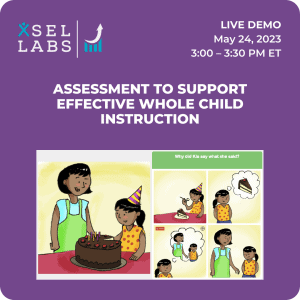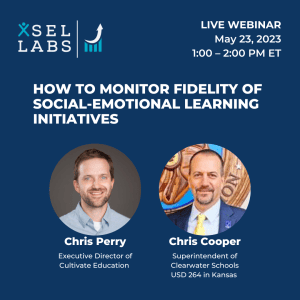This blog post is for those of you who appreciate symmetry and who take pleasure in imposing a little order on chaos.
The SEL Rubik’s Cube: Coordinating Programs, Practices, Policy and Assessment
First, let’s consider a list of ingredients that often provoke confusion when put next to one another:
- SEL frameworks,
- SEL standards,
- SEL programs and practices, and
- SEL assessments.
If you’re like most people, you probably sense that these things should be related to one another. You might even see how a couple of them go together—kind of like when you get one side of the Rubik’s cube to come up orange.
But the rest of the cube?
Close your eyes.
Does it look something like this?
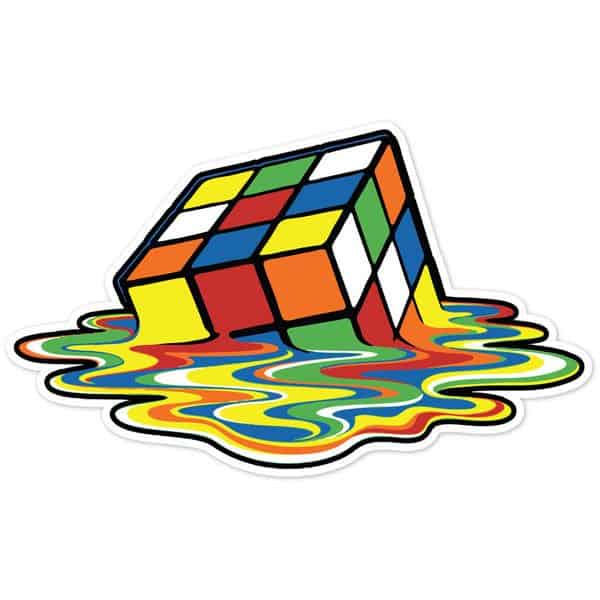
Chaos.
I am at risk of setting myself up for failure here, because I haven’t totally solved/unmelted the cube myself, but I do have a few thoughts about how to line the colors up. If you’re interested in details, take a spin through this report on the state of the field of SEL assessment for which I had the privilege of serving as lead author.
Imposing A Little Order on the Chaos
Here’s a figure from that report that summarizes things:
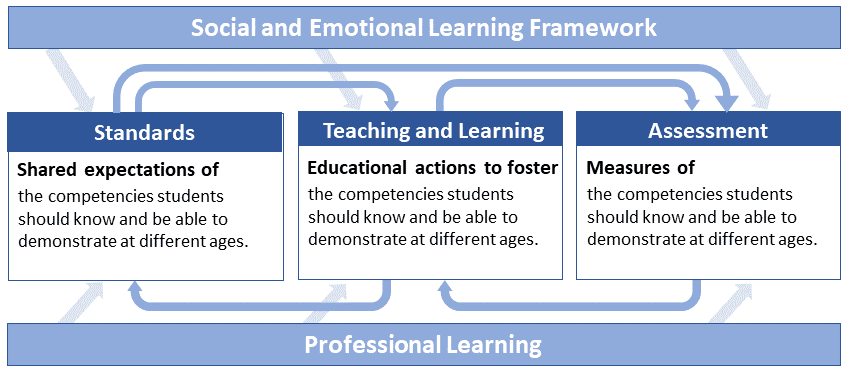
What this figure means is that, in the best of all worlds:
- States or districts will establish clear guidance (standards) that set expectations for what social and emotional competencies students at different grades should know and be able to demonstrate.
- Those standards will inform (and be informed by) the competencies educators are working to foster in their students and the competencies that are being assessed.
- Assessment will be used to help guide educators’ selection and use of SEL programs and practices and measure student progress in response to their exposure to those programs and practices.
- All of this will be guided by a coherent model of social and emotional learning, such as CASEL’s five competency areas framework.
- Educators will receive support, in the form of pre-service and in-service training and ongoing coaching, to bring SEL to life in this coordinated way.
It is important for standards, programs, practices and assessment to be going after the same thing to maximize the chances that our SEL efforts will have an impact. It places each of the pieces in a meaningful context and facilitates a synergy wherein efforts in one area support efforts in the other.
Okay, you say, this is all very well and good, but it’s pie in the sky. You’re wrong. I know this because this kind of alignment of policy, programs, practices and assessment is happening in a growing number of states and districts.
Where Smart Education Professionals are Solving the Puzzle
Wisconsin
In Wisconsin, for example, the state’s Department of Public Instruction is supporting its districts by offering specific guidance on the relationship between the competencies in their standards (they call them “competencies,” but I’ll call them “standards” here) and evidence-based SEL programs. So a Wisconsin district working on its plan to meet the standards can go to the DPI website and see the relationship between the competencies taught in a given program and those in the state standards.
They also offer documents showing the relationship between competencies in the standards and the competencies measured by SEL assessments. For example, if you scroll down that same page, you’ll find a document showing the relationship between what SELweb measures and the Wisconsin state standards.
To tie together policy, practices and assessment, Wisconsin’s DPI, in collaboration with the University of Wisconsin, created a developmental tracker—a survey-based assessment of the competencies described in their standards, along with measures of classroom climate and practices.
Michigan
It’s not just happening in Wisconsin. The team at Traverse Bay Area Intermediate District in Northern Michigan is using SELweb to engage district leaders in deep discussion about student social and emotional strengths and needs. They are helping educators in their districts tie what they learn from the assessment data to competencies described in the Michigan standards, and to use what they learn to develop specific action plans. They even imported the data into their own data management system and created a dashboard to meet their needs:
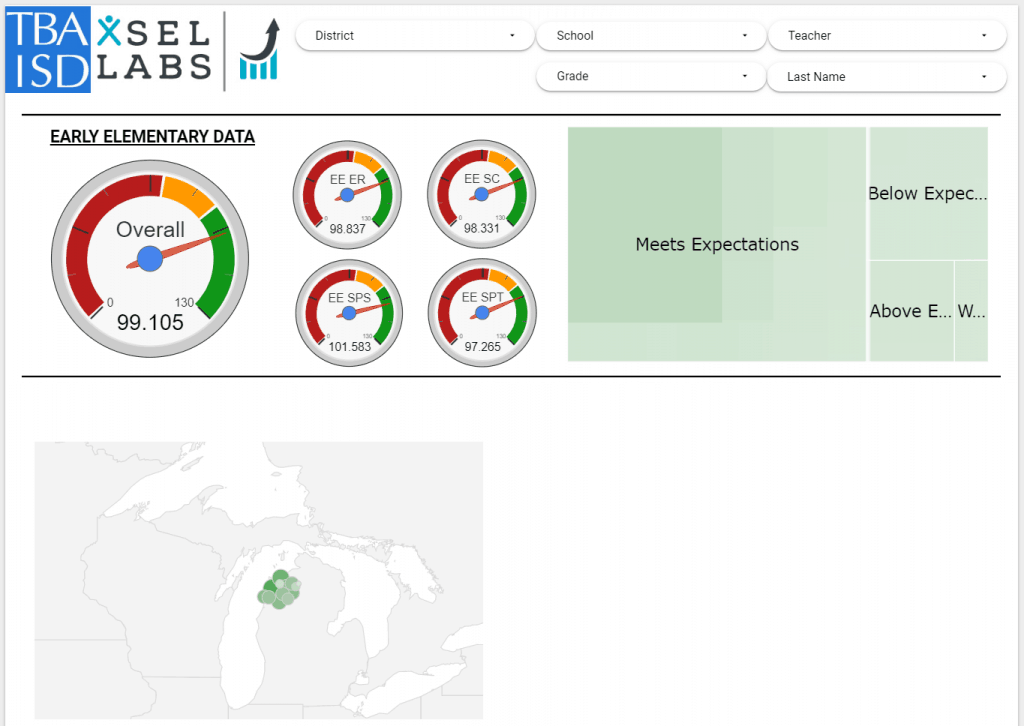
Have the teams in Wisconsin and Michigan solved the entirety of the puzzle? No, but they are taking some very creative, innovative steps in the right direction.
Some Ways xSEL Labs is Working on the Puzzle
We at xSEL Labs are working to help educators impose order on this chaos too. One way we do this is by education (blogs, workshops, etc.) and field-building (state of the field, scholarship, science).
Another way is by working closely with our partners to help them make the most of our evidence-based assessments. Many of xSEL Labs’ partner districts are engaging in truly innovative work to connect their states’ SEL standards to classroom practices, supported by high-quality direct assessment data.
Pairing SELweb with an evidence-based program is a powerful combination when educators know how the assessment data can inform their use of the lessons and activities. To that end, a third way we help connect assessment to practice is by offering resources such as these free program alignments—they clarify for our district partners the relationship between the competencies SELweb assesses and the competencies that are the target of instruction in their evidence-based SEL program.
We’re happy to report that we have recently added program alignments for RULER and SSIS-SEL, two excellent SEL programs, each of which focuses on developing competencies that are measured by SELweb.
What are you doing to ensure that SEL policy, programs, practices and assessment are going after the same thing?
How can we help? Make an appointment here.

